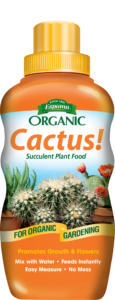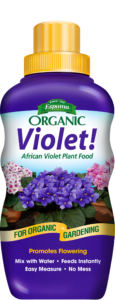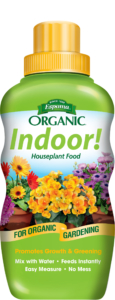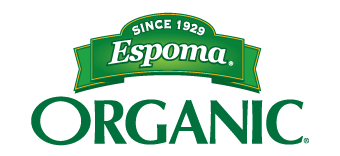Video: Covering Fertilizer Basics with Garden Answer
Fertilizers may seem confusing at first glance, but Laura from Garden Answer is here to walk you through some of her favorites!
Featured Products:
Fertilizers may seem confusing at first glance, but Laura from Garden Answer is here to walk you through some of her favorites!
Featured Products:
Have you ever wondered about the difference between each of Espoma’s organic fertilizers? Kevin from Epic Gardening is here to break it down for you!
Featured Products:
Orchids are a bright and stunning addition to any home, and plant parents love how easy it is to take care of them! They bloom for about four months out of the year. But if you’re a seasoned gardener, you know that love, patience, and our organic fertilizers can go a long way during this time. Add some indirect sunlight, a little bit of water, and you’re good to go! Plus, there are so many varieties that you’re sure to find one that matches your garden’s aesthetic. Read on to learn about 5 of our favorites.
1. Pansy Orchid
This flat-faced flower is one of the most popular orchids because of its bright colors and designs. They bloom early in the spring and, in some varieties, will bloom again in the fall — so don’t give up if you see your Orchid resting! To keep your pansy orchid happy and healthy, be sure to keep it in a relatively humid area of your home. In a good season, this orchid can produce up to 10 flowers with each of them growing 4 inches across!
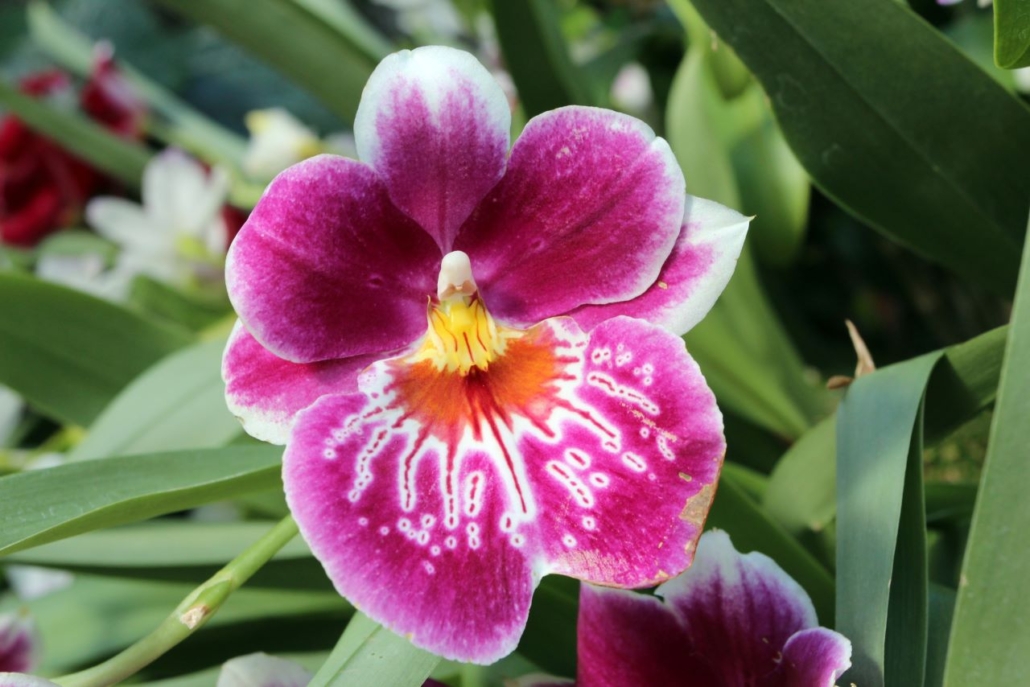
2. Moth Orchid
This is another popular orchid that’s revered for its beauty. In fact, moth orchid blooms have been compared to fluttering butterflies! They come in many different colors and textures, but we especially love the brightness an all white moth orchid brings to indoor gardens. They like to live in bright, indirect sunlight, so a spot near a window with a sheer curtain would make a great home for them.
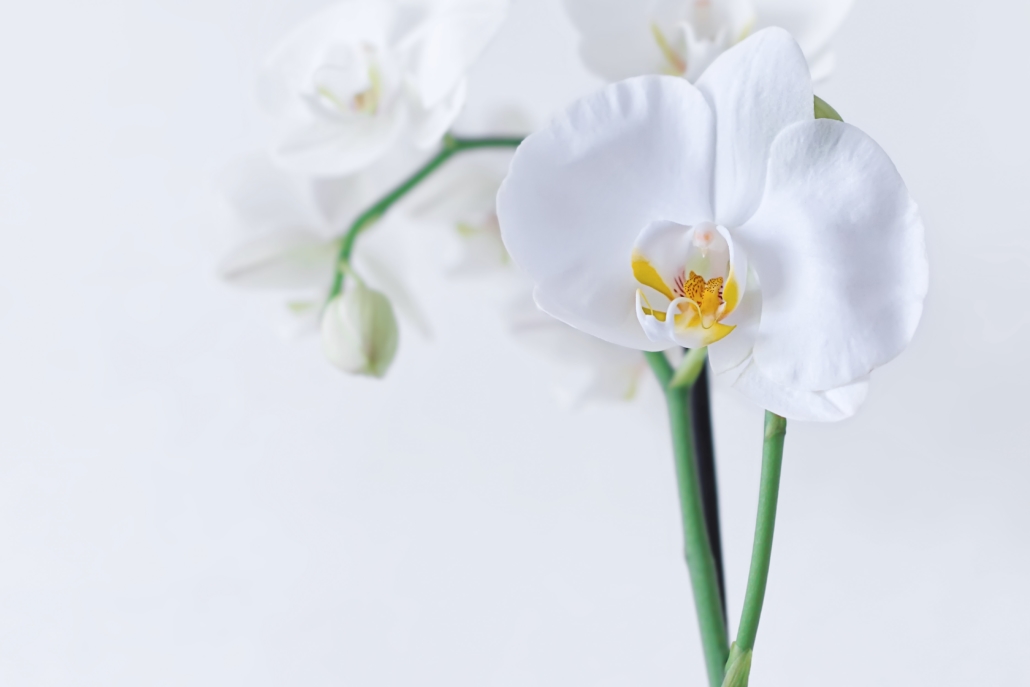
3. Sharry Baby Orchid
Unlike typical orchids, a sharry baby’s flowering stalk can reach lengths up to four feet — so this flower takes dedication! Fertilizing regularly is a great way to encourage this growth. They tend to thrive when kept in a moderately humid area and given filtered light.
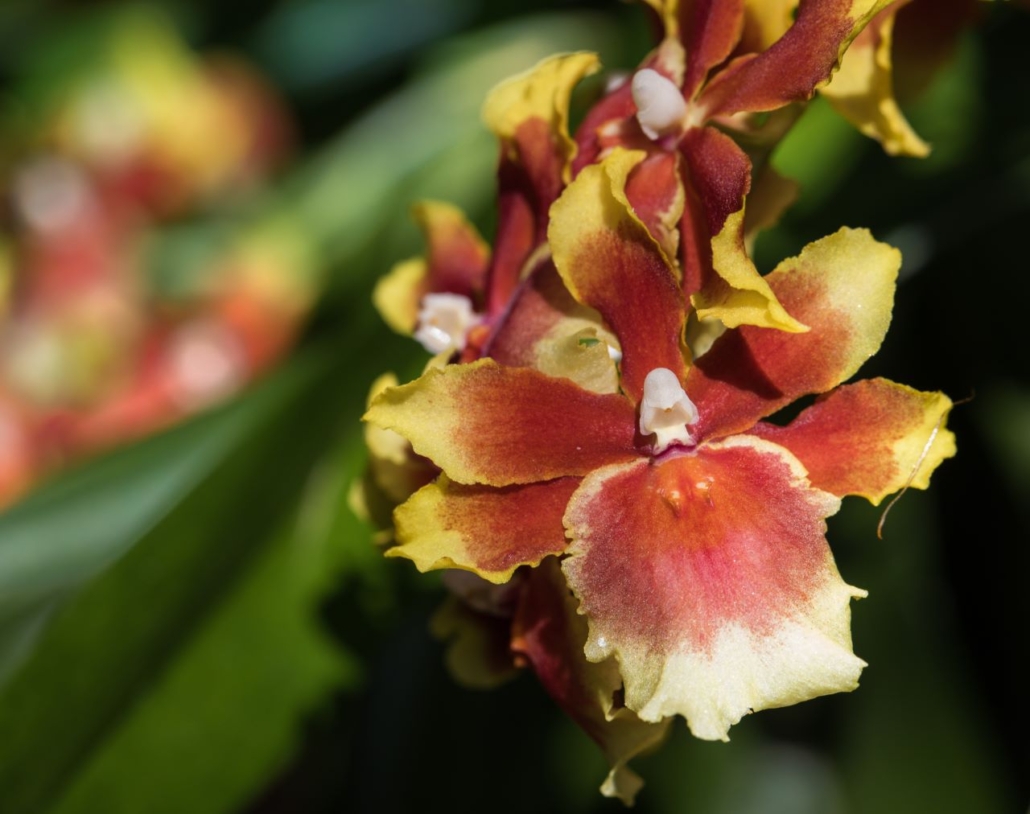
4. Cattleya Orchid
Cattleya orchids thrive off of a barky base, so be sure to incorporate a soil like our Organic Orchid Mix, as it can wilt in regular potting soil. This orchid has a long history in America, and is seen by many as a vintage orchid. It sets itself apart from others in that it prefers a bit more light. Keep this flower happy on a sunny windowsill but in comfortable room temperature (65-75 degrees).
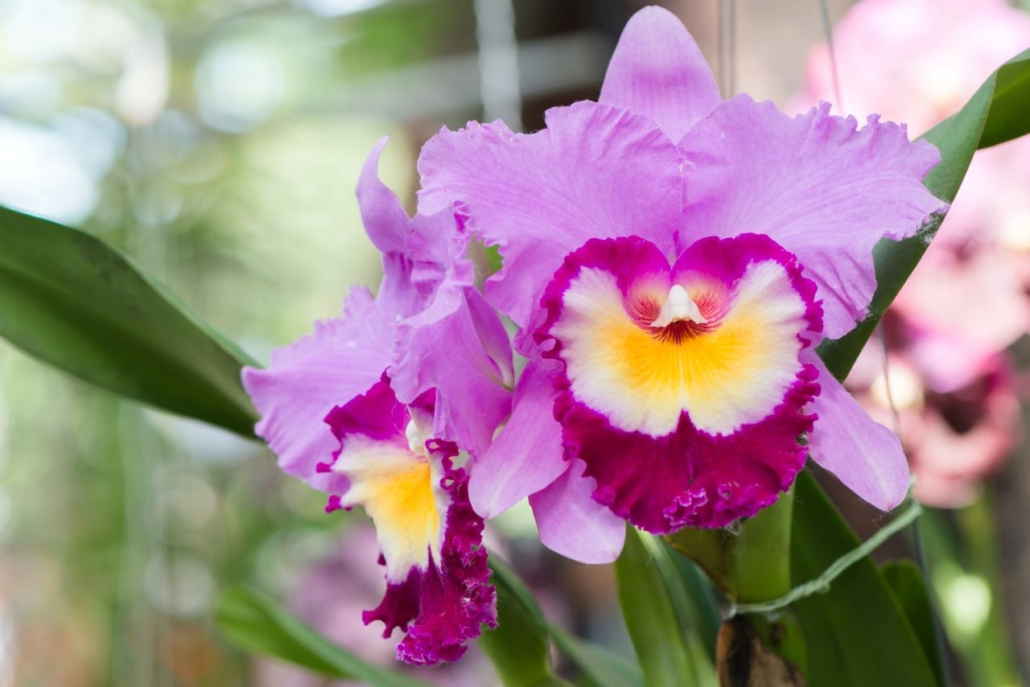
purple hybrid cattleya orchid
5. Lady’s Slipper Orchid
Gardeners love lady’s slippers because they come in so many different varieties and colors, making beautiful arrangements! These plants are small enough to place anywhere in the home to make a decorative statement, like a bathroom sink. Plus, lady slipper’s orchids enjoy low light with lots of humidity.
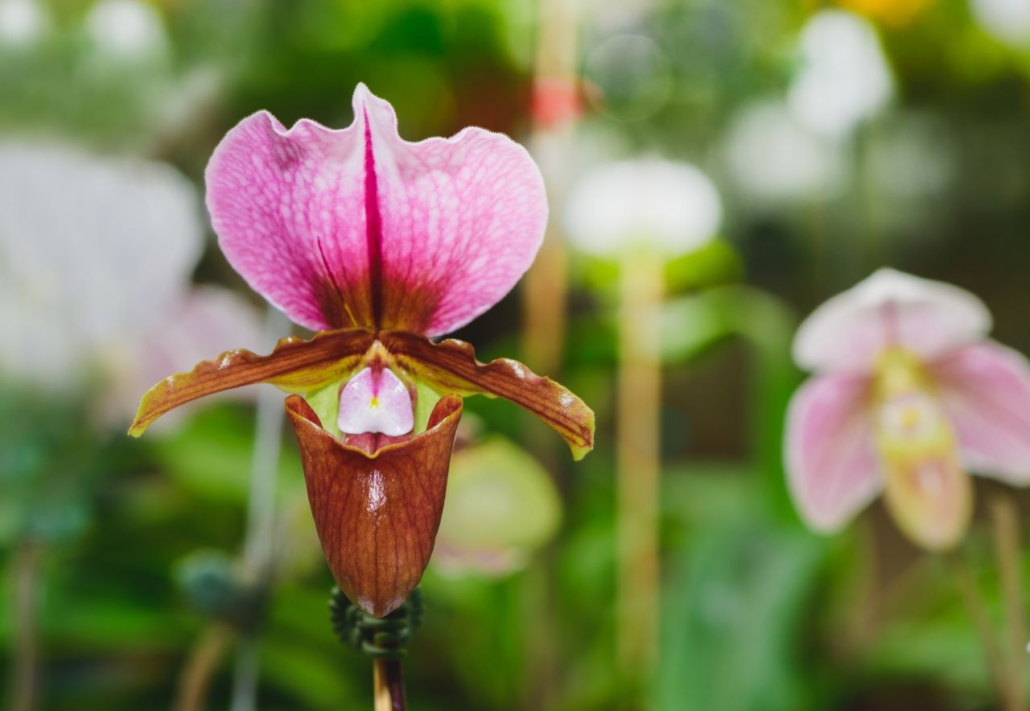
Lady’s slipper orchid, aka lady slipper orchid or slipper orchid (Cypripedioideae Paphiopedilum),
Have you decided which type of orchid to add to your indoor garden yet? With so many different types and colors, you can mix and match as many as you’d like! Just be sure to familiarize yourself with their water, light, and temperature preferences as many of them vary.
Featured Products:
Are you ready to bring succulents into your home but not sure where to start? Laura from Garden Answer has you covered! In this video, she shares her top seven beginner-friendly indoor succulents and simple care tips to help them thrive. Laura recommends starting with a high-quality organic potting soil like Espoma Organic Cactus Mix and feeding with an organic fertilizer like Espoma Organic Cactus! Liquid Plant Food.
Learn more about Garden Answer here:
https://www.youtube.com/c/gardenanswer
https://www.facebook.com/gardenanswer
https://www.instagram.com/gardenanswer/
Featured Products:
Laura from Garden Answer updates on her indoor Lemon & Lime trees she grows indoors. Watch for important care & growing tips!
Learn more about Garden Answer here:
https://www.youtube.com/c/gardenanswer
https://www.facebook.com/gardenanswer
https://www.instagram.com/gardenanswer/
Featured Products:
The holidays are officially underway, and while you’re probably already in the process of decorating your tree and other indoor spaces, have you stopped to think about your garden? Decorating the outside of your house can bring even more joy to your community and will give your greenery some extra love during the colder months.
Here are 5 ways to decorate your garden for the ultimate holiday curb appeal.
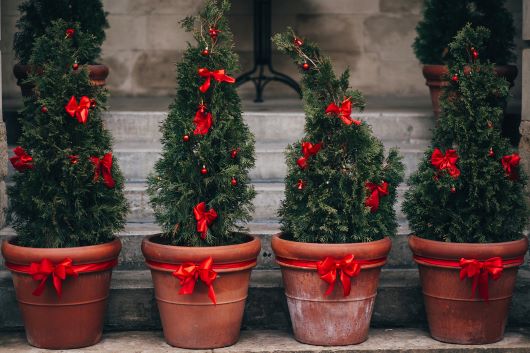
1. Start with the basics
You don’t have to run out and buy new decorations right away! Instead, use what you already have. If you have a few plants in pots, that’s a perfect place to start. Add some festive flair to your containers by painting them with holiday images and colors, or just tie some gift bows around them. If filling new containers, use Espoma Potting Mix to give plants a healthy start with our Myco-tone Advantage. Feed your new houseplants with Espoma Organic Indoor! Liquid plant food.
2. Light it up!
You can’t go wrong with string lights during the holidays. While you might be used to lining walkways or hanging them from your roof, try changing things up and wrapping the lights around your shrubs or lining the garden with them. This will bring a festive feeling to your garden while also bringing more attention to your hardy plant babies. (Give them the credit they deserve for making it through this chilly time of year!)
3. Bring the tree outside
Why keep the glory of your Christmas tree limited to indoors? Plant an evergreen outside and decorate it just the same to bring the holiday cheer so even more people can appreciate it. Now you have the opportunity to decorate two of them in completely different ways! Maybe the outdoor version will have a theme and be more photogenic while the kids can have free reign of the one indoors. Plus, you can never go wrong with adding a tree to your property if you have the space!
4. Decorations everywhere!
Similar to the tree, why keep the fun decor inside? Treat the rest of your garden the same and let loose with ribbon, tinsel, and decorations galore. Stick candy canes in the soil for that classic holiday vibe or strew about pinecones for a more rustic look. Try placing old ornaments on any plants with strong enough stems to replicate a mini Christmas tree. Get creative with this one and make it your own!
5. Include your mailbox
Whether or not your mailbox is near your garden, extend your greenery to it to tie it together with your home’s festive look. This can be done simply by draping or wrapping a garland around it, but you can also fancy it up with some of the same bits of decor used in the garden like lights or bows. If there’s enough space, bring a potted plant or two over to show the neighborhood that this is a plant-loving home!
Go ahead and pick and choose which decor tips you want to incorporate, or go wild and use them all! Remember that curb appeal shouldn’t be reserved just for the warmer months. Even if you’re spending your holidays social-distance style, adding outdoor decor will extend your festive spirit to all who pass by!
*****
Featured Products:
Watch as Laura from Garden Answer creates a beautiful planter for Fall using Flower-tone and Potting Soil Mix!
Featured Products:
Have you thought ahead to your fall harvest yet? August is prime time to plant delicious and nutritious vegetables that will come to life in the cooler months. And there’s nothing better than being able to spice up your home-cooked dishes using your very own garden — no need to run to the supermarket! Read on to find out which veggies you should be planting right now.
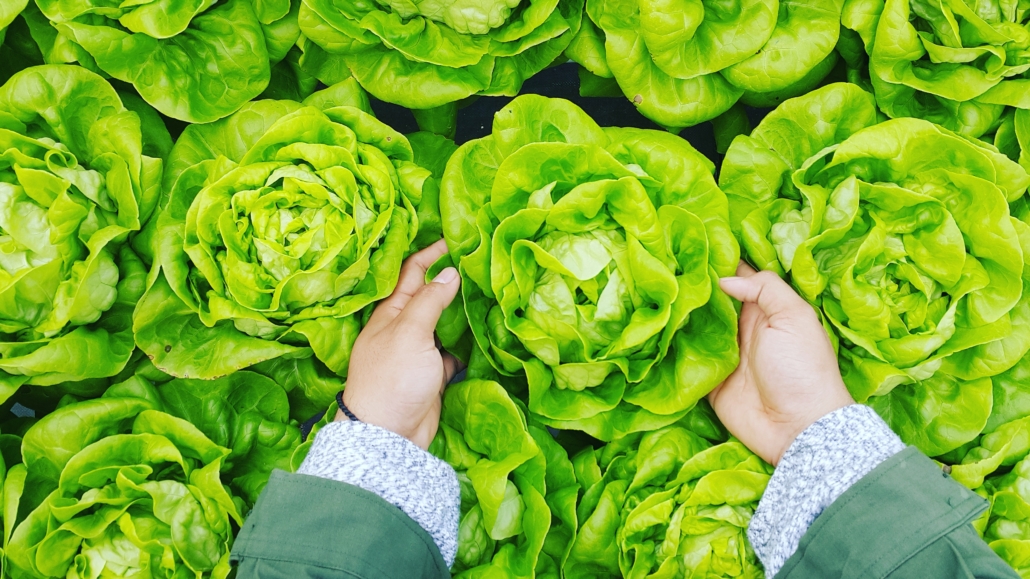
Lettuce
Did you know lettuce cannot be frozen, dried, pickled, or canned? That’s why you have to eat it fresh! Luckily, planting it right now means you’ll be able to enjoy it in just a few months. A fall harvest is ideal as lettuce’s sturdiness prevents any frost from destroying it. These leafy greens are a good source of vitamin C, calcium, iron, and copper — making it the perfect base for a healthy salad. Keep an eye out for the dark green leaves when harvesting as they’re even healthier than the light green ones.
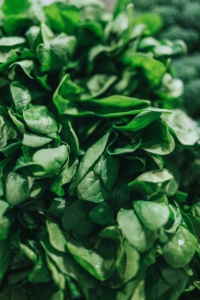 Spinach
Spinach
Spinach is well known for its low-calorie count and high levels of vitamin A, C, and iron — making it the perfect addition to that healthy salad. This veggie also gives you the highest turnover out of all the others. If collected in small quantities, you can keep harvesting them late until May! The best time to start planting them is now, at the tail end of summer.
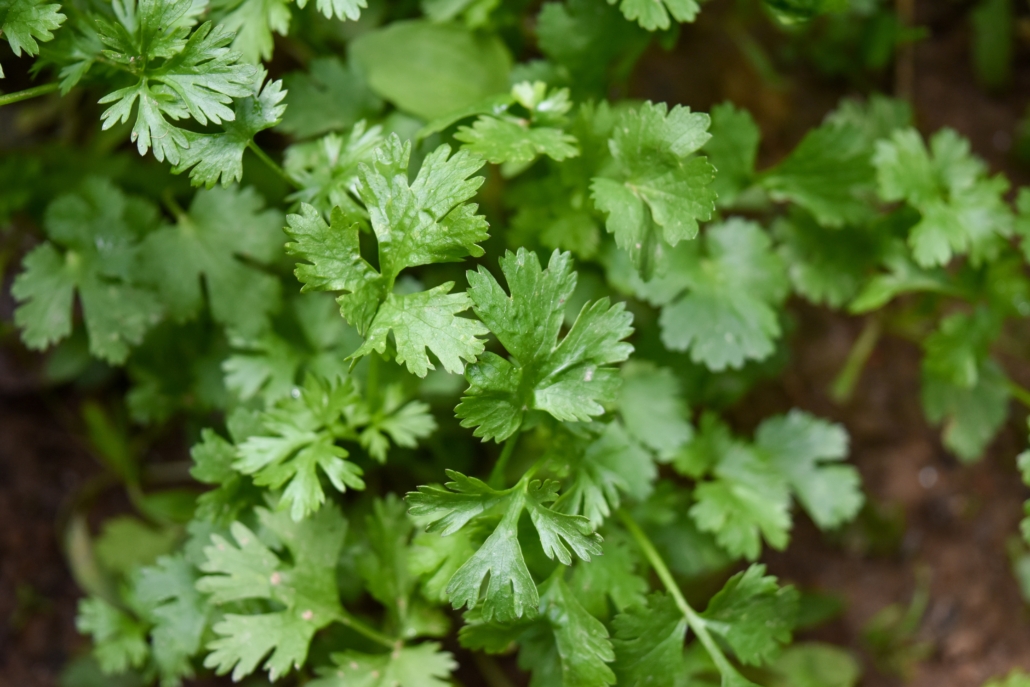
Parsley
Ready for another healthy addition to that salad we’re working on? Parsley is a rich source of Vitamin K, C, and A, and minerals like magnesium, potassium, iron, and calcium. It’s no wonder this veggie has been used in dishes since ancient Rome! It’s also believed to have anti-tumor, anti-bacterial, and antifungal properties. Plant your parsley now to make sure you can reap all these benefits in the fall.
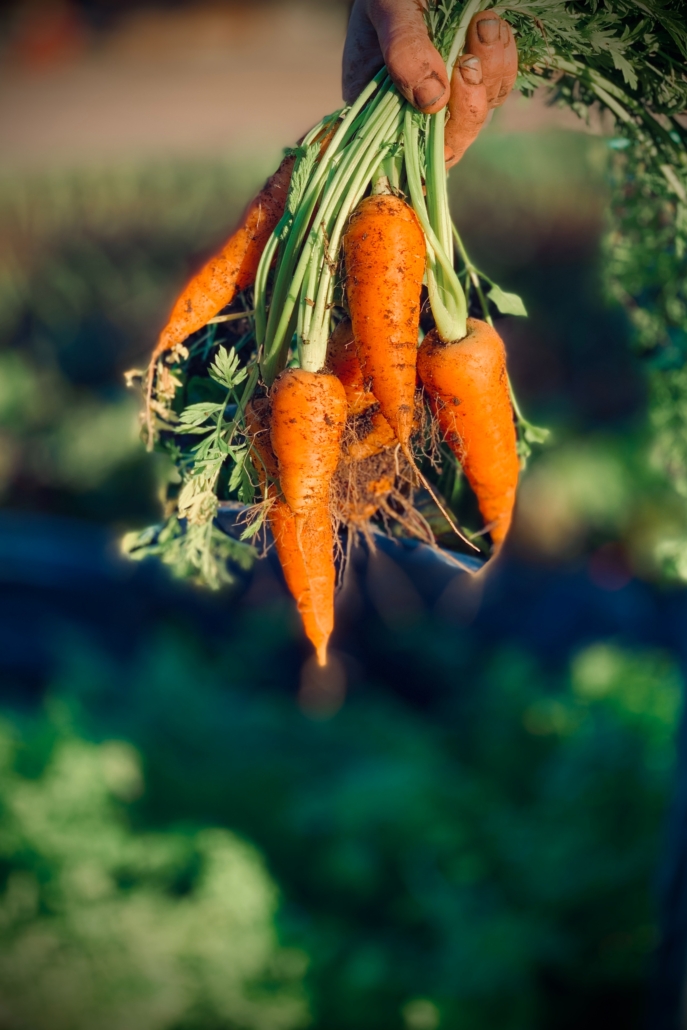
Carrots
If you’re planning on sowing some veggies that aren’t leafy greens, carrots should definitely be your first choice! As this vegetable grows into the fall season, the cool weather turns the starch to sugar, making them extra delicious. This sweet flavor makes them the perfect side or snack — sauteed, roasted, or even raw! Keep in mind that this plant does need a little extra care compared to some of the others on this list, so be sure to use vegetable food like Garden-tone to provide them with the energy they need to grow.
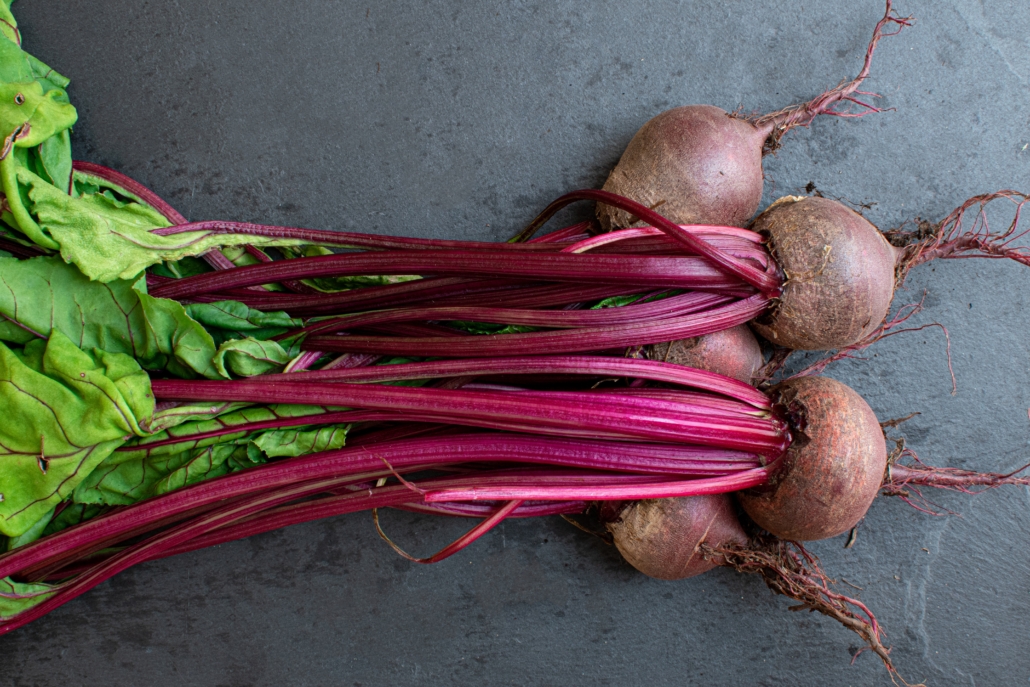
Beets
Last but not least, beets should definitely be on your August to-plant list. Did you know beets are edible from the tip of their green leaves to the bottom of their brown roots? They also help capture some hard-to-catch toxins and flush them out. These same antioxidants provide anti-inflammatory agents that provide a wide array of health benefits. Still not convinced? Since beet juice helps cleanse your liver, it’s thought that it can even help cure hangovers! If you want to make use of the entire plant and enjoy all these delicious benefits, make sure to sow the seeds now — about 8 weeks before the first frost.
*****
Just because summer is winding down, doesn’t mean it’s time to pack up your gardening supplies. August is the perfect time to plant some of your favorite vegetables! Cooking primarily with these veggies straight from your garden will give you some of the freshest and tastiest dishes. So get your family together, head outside, and get planting!
Featured Products:
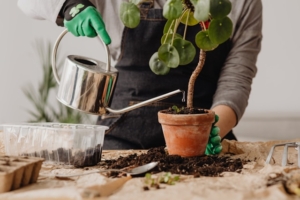
Ever notice how a moment spent tending your plants feels like a mindful pause in a busy day? You’re not just watering—you’re nurturing calm, presence, and connection. We believe that caring for your green companions is one of the most natural forms of self-care. And just like you thrive on nourishing food, your plants thrive when you feed them regularly with Espoma Organic fertilizer —gentle, effective, and safe for people, pets, and the planet.

Sharper Mind + Better Mood
Studies show that being around plants can boost memory and attention by about 20%, while reducing background noise and enhancing productivity and creativity—especially in home or little work-from-home nooks.
Soil for the Soul
That earthy scent? It comes from microbes like Mycobacterium vaccae (lovingly nicknamed “outdoorphins”), and they don’t just feed your plants—they may help boost your mood and immunity, too.
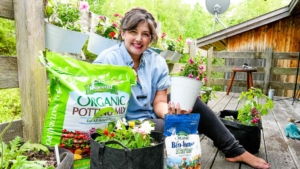
Pulling weeds, misting leaves, or simply observing new growth—these are gentle rituals that anchor us in the now. As one soothing tip from our brand partner, Maria Failla of Growing Joy with Maria, reminds us:
“Use watering or caring for them as an excuse to get up from your computer and take some ‘me-time’—because plant care is self-care.”
Pair that with feeding your plants Espoma Organic fertilizer, and you’re nourishing life in every sense.
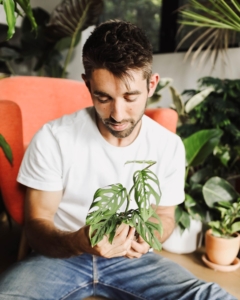
Your indoor plants do more than brighten a room—they improve your air, calm your mind, and remind you to slow down. To keep them thriving year-round, a little extra nourishment goes a long way.
That’s where Espoma Organic Indoor! liquid fertilizer comes in. This gentle, balanced formula is made from natural ingredients and feeds instantly, giving your leafy friends the nutrients they need for lush growth and vibrant color—even in the lower light of winter months.
Self-Care Tip: Pair your plant feeding with your own wellness ritual. Set a reminder every 2–4 weeks to water and feed your plants, then take a few minutes to enjoy a cup of tea nearby. Watch how your plants respond over time—you’ll notice deeper greens, healthier new leaves, and a little spark of joy in your day.
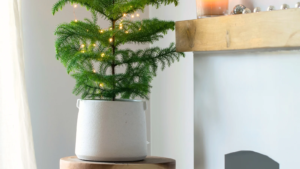
During the busy holiday season, a mini Christmas cypress or Norfolk Island Pine—with its fresh sap-like scent—can be both a peaceful décor choice and a mindful project. Pot it up in our Espoma Organic Potting Mix, give it a slow sip of water, and feed it with an organic fertilizer like Indoor! for lasting joy. It’s a gift that grows for you, not just from you.
Micro-Meditation Moments
Set a daily two-minute ritual—touch the soil, check a leaf, breathe deeply. Call it a “plant-powered reset.”
Mini Salad Gardens with Maria Failla
Maria Failla of Growing Joy with Maria, makes self-care—and dinner—even simpler. She grows an entire salad (including herbs, lettuce, mini-tomatoes, and edible blooms) in a single container using Espoma Organic Potting Mix, Bio-tone Starter Plus, and Garden-tone organic fertilizer for steady nourishment.
Create a Kitchen Corner of Calm
A small shelf of herbs like basil, lavender, or even mint provides an aromatic escape and practical joy when cooking. Watering and feeding them with organic fertilizer like Indoor! can become a lovely action in your daily rhythm.
Mindful Mondays with Biophilia
Start your week by simply sitting with your plants—observing new buds, leaf shapes, and subtle color shifts. This biophilic practice connects you to growth and groundedness.
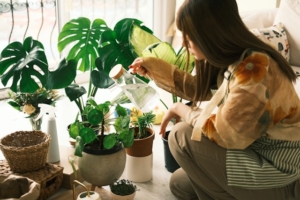
Plant care is not just about pretty greenery—it’s caring for yourself, too. You pause, breathe, tune in, and the soil responds. Whether it’s a festive tree, a potted herb, or a tranquil succulent, your green space is your sanctuary. And with a little love, light, and organic fertilizer, your plants—and your spirit—can truly thrive.
*****
Here are some of our other blogs and videos we think you will enjoy.
Give Some Green for the Holidays
Parenting Advice for New Plant Parents
Poinsettia Care Guide from Garden Answer
Featured Products:
Apartments or small spaces are invitations to get creative with décor. There are many different ways you can grow indoor plants. There are plenty of ways to keep houseplants nearby.
To maximize space, design and style, utilize a few small potted plants. Take advantage of vertical spaces with hanging baskets or a green wall. Even small DIY projects such as terrariums or kokedama can instantly perk up a small space.
When growing in containers, be sure to use Espoma’s Organic Potting Soil Mix for best results.
These houseplants are a small space gardener’s best friends:
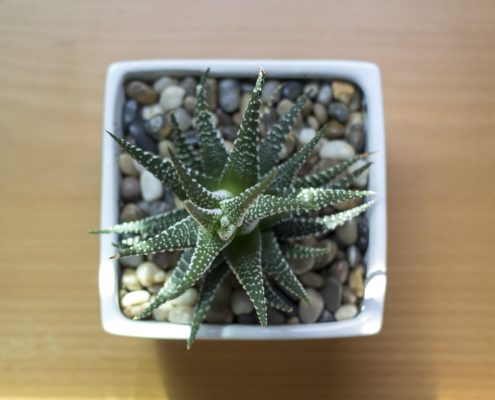
Haworthia ‘Big Band’
A big name for a small plant, but the deep green leaves with white stripes really stand out. They look very modern in small containers with a layer of white gravel on top of the soil. Keep them out of direct light. They grow 2-8 inches tall and wide.
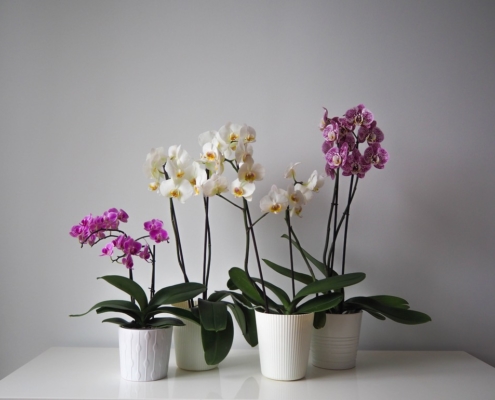
Moth Orchid
Moth orchids have long, thin stems and large flowers that create a big impact in small places. Plus, they flower for an incredibly long time. These are the easiest orchids to grow, even if you are a beginner. Bonus, they are actually more likely to flower when rootbound, so no need to add more space anytime soon. Water well once a week, then let drain completely. Feed regularly with Orchid! liquid plant food.
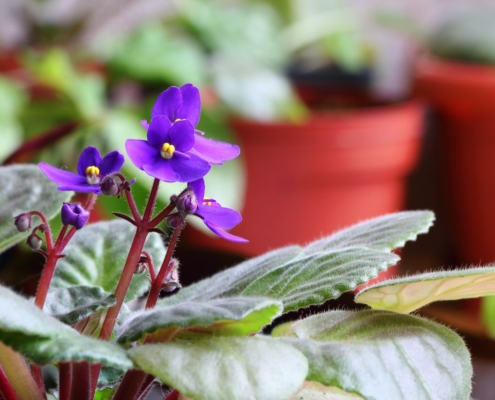
African Violet
The colorful blooms of African violets instantly add color to any room. They’re known to bloom continuously, even throughout the darker winter months. Slightly root bound plants will continue to bloom, but be sure to repot using Espoma’s African Violet potting mix at least once a year. Water African violets from the bottom to prevent leaves from rotting and never let them sit in standing water.
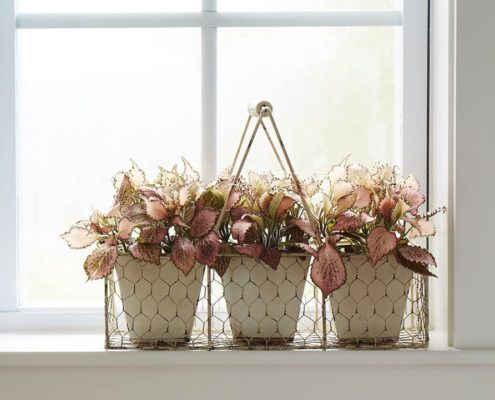
Fittonia
Also known as nerve plant, Fittonia adds a pop of color with leaves that have bright pink, white or red veins. Its petite size allows for it to be placed almost anywhere. Fittonia prefers medium to low light, but tolerates direct sun if the light is filtered through a sheer curtain.
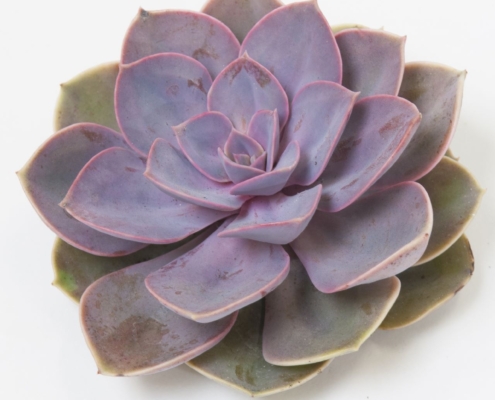
Echeveria
The echeveria is one of the most common types of succulents. Little plants like these are commonly found on office and home desks due to their easy care and small size. A common cause of death, however, is overwatering. Make sure to let your plants’ soil dry completely before giving them another drink. Feed regularly with Espoma’s Cactus! liquid fertilizer for best results.
Try these lowlight houseplants if you want greenery, but lack light. https://youtu.be/SYXv_EcBdEA
*****
Featured Products for houseplants:
